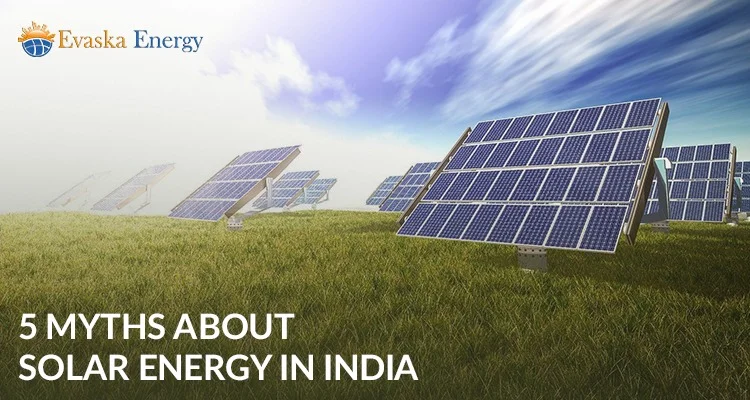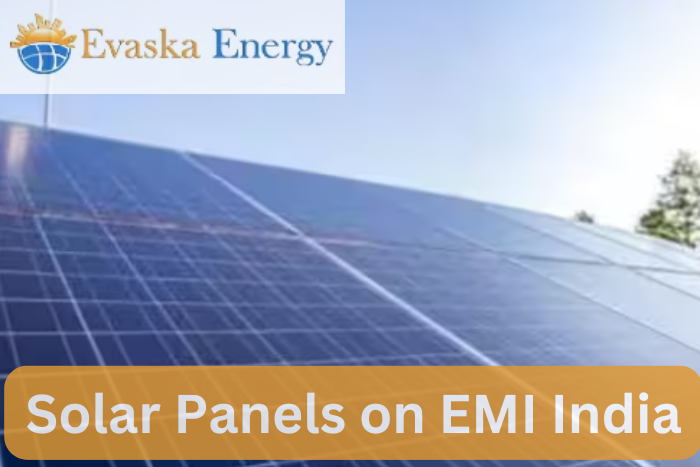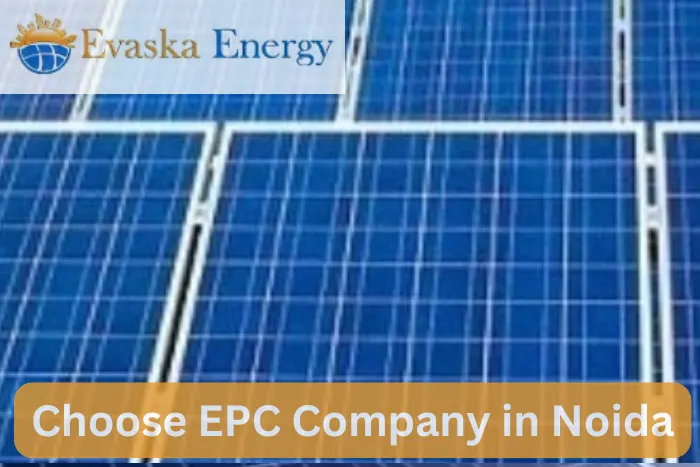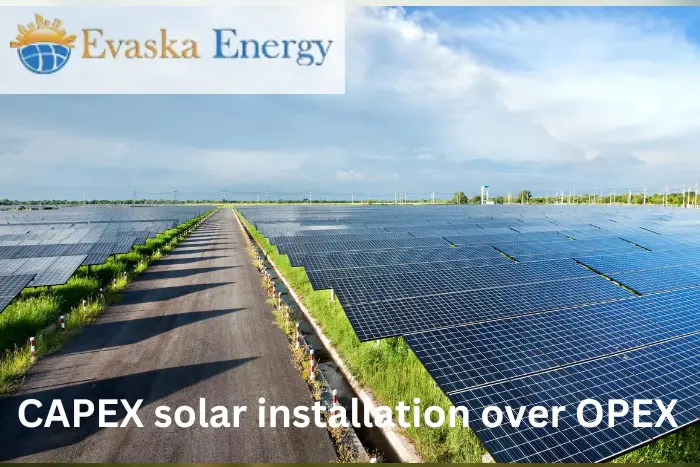5 Myths About Solar Energy in India
We all know that Sun is a free source of resource that we get in abundance all over the world and India being one of the leading countries in adopting solar energy. It has gained a lot of popularity and coverage since the past few years.
Solar Energy installation are mostly being conducted at residential, commercial and industrial premises which helps them to save up to 90% on their electricity bills. It is being used in multiple applications all over the world at both rooftop and ground mounted purposes. Solar Photovoltaic cells are so efficient that they work in sunlight as well as cloudy and rainy days which helps people produce maximum energy from their solar plant. The benefits of solar energy are unlimited and still people have some doubts or misconceptions, so discussing the major myths about solar energy in India.
5 Myths About Solar Energy in India:
-
-
- It requires a huge capital investment: Solar Energy adoption in India is happening quickly so the capital cost has also reduced since 2009. Once upon a time, people were not able to afford solar energy because of the high pricing of solar panels, but now the costs have dropped down a lot. It is a one-time investment which can be easily recovered between 3 to 5 years. After recovering the initial investment, you can start enjoying the profits and other benefits. Looking at growing demand and quick solar adoption, there are many new flexible financing options being launched by solar companies having tie up with leading NBFCs and Financial Institutions for providing quick flexible payment options.
- It requires a huge capital investment: Solar Energy adoption in India is happening quickly so the capital cost has also reduced since 2009. Once upon a time, people were not able to afford solar energy because of the high pricing of solar panels, but now the costs have dropped down a lot. It is a one-time investment which can be easily recovered between 3 to 5 years. After recovering the initial investment, you can start enjoying the profits and other benefits. Looking at growing demand and quick solar adoption, there are many new flexible financing options being launched by solar companies having tie up with leading NBFCs and Financial Institutions for providing quick flexible payment options.
-
- It is only feasible in factories and industries: Solar Energy is for all. Anyone who is consuming electricity from the grid or requires backup during power outages is eligible for solar energy. We can use solar energy to run small appliances of houses like Fan and Light to heavy appliances like Air conditioners, Geysers and Machinery in factories. It can be adopted in houses, farmhouses, offices, factories, industries, schools, hospitals, cold storages and all commercial buildings. With increasing unit rates and demand in power consumption across the country everyone is suitable for shifting to solar energy. Shifting to the green energy can help everyone save up to 90% on their electricity bills. When we look at the graphs, residential solar has also contributed a lot on the total solar installation numbers in India.
-
-
-
- It is Expensive and Requires Lot of Space: The cost of solar energy totally depends upon the kind of technology of solar panels and solar inverter we are going to use. Solar Power Plants are totally customized solutions according to the need and requirement of the customer. Hence, the cost varies from site to site and location to location. Nowadays the market is so advance that we are having different options in solar panels which come with high efficiency that requires much less space than actual. Generally, 01 KWp solar energy setup requires 80 – 100 sq. ft of shadow free area. A typical 10 KWp solar plant can be installed in a 1000 sq. ft area. In residential solar plants the customer is able to access and use his terrace comfortably with elevated solar structure. Proper designing and calculation of the area requirement for installing solar plant can be done for using the most out of any area available which will help in proper utilization of the available area.
-
-
-
- Requires Lot of Maintenance: As we all know Solar Plant is fixed on the roof or ground, there is no scope of movement in the solar panels. Tier 1 solar panels comes with 25 years performance warranty and inverters come with 10 years warranty (depends on the brand you choose). This makes it a very less maintenance product. The only maintenance it requires is frequent cleaning of solar panels just with water. In locations like Gurgaon, Delhi, Faridabad or Noida, the customers can clean their solar panels every 15 days to get maximum benefit from the solar panels.
- Installation is a Complex Process: Yes, we agree solar energy installation requires a lot of experience and cannot be managed by inexperienced people. When we search for the best solar energy company in Gurgaon, there are a lot of things we need to consider before choosing them. There are two types of solar installations:
- Rooftop Solar Plant: Rooftop solar plant is when the solar panels are mounted on any RCC roof or Tin shed roof with mounting structures. They are majorly done in houses, factories and commercial buildings.
- Ground Mounted solar Plant: Ground mounted solar plants are installed on the ground with the help of mounting structures. They are mostly adopted by farmhouses, factories or open access plants.
- Requires Lot of Maintenance: As we all know Solar Plant is fixed on the roof or ground, there is no scope of movement in the solar panels. Tier 1 solar panels comes with 25 years performance warranty and inverters come with 10 years warranty (depends on the brand you choose). This makes it a very less maintenance product. The only maintenance it requires is frequent cleaning of solar panels just with water. In locations like Gurgaon, Delhi, Faridabad or Noida, the customers can clean their solar panels every 15 days to get maximum benefit from the solar panels.
-
Further, the two types of solar plants are ON Grid and OFF Grid Solar Plant.
- ON Grid Solar Plants are used for saving in the electricity bills through the process of net metering.
- OFF Grid Solar Plants come with batteries where you can store the excess energy in batteries and use them later when there is no power from the grid supply.
We have solar irradiation of 6.5 kWh/m in India. This type of irradiation will help people generate a maximum of 5 – 6 units of electricity per day. While we look at the yearly generation it is approximately 1500 – 1600 units per year.
When installation done properly it can bring out the maximum efficiency from the solar panels and generate maximum KW per hour. Detailed engineering and designing are required before starting any of these projects.








